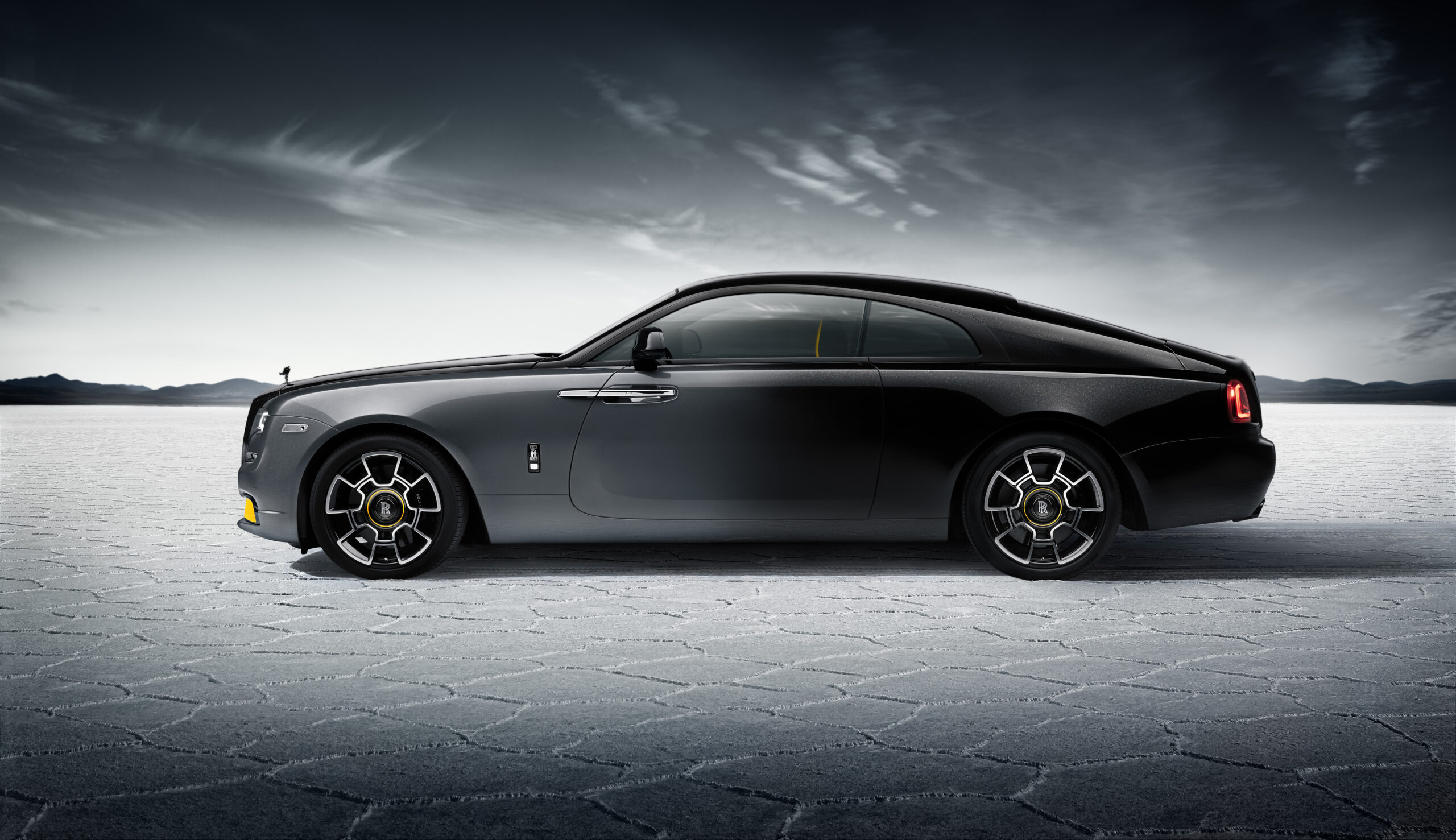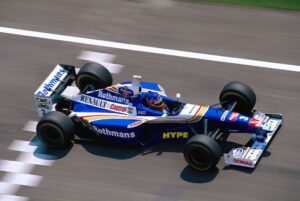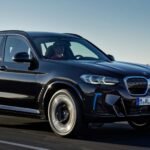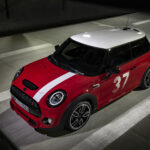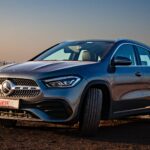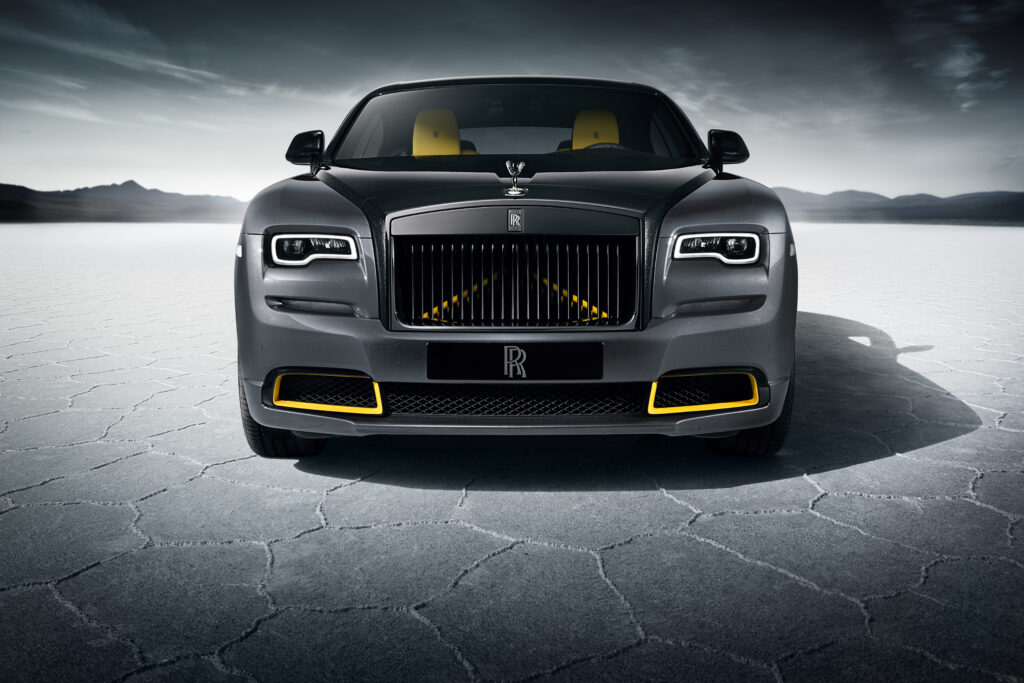
Car brands are saying goodbye to the ICE era and welcoming the hybrid and electric future, one of the examples is the Rolls-Royce Spectre, the first electric Rolls-Royce Coupe which replaces the Wraith, the last V12 Coupe from the makers at Goodwood. The Wraith has launched a decade ago as a coupe version of the Rolls-Royce Ghost with the same powertrain and underpinnings as the Ghost but with a 3-door 2+2 layout with a perfect coupe roofline, which gave the wraith an elegant look in a form of a coupe, Rolls Royce had made some of the beautiful looking coupes beside the Wraith, one of them is the Phantom Coupe VII.
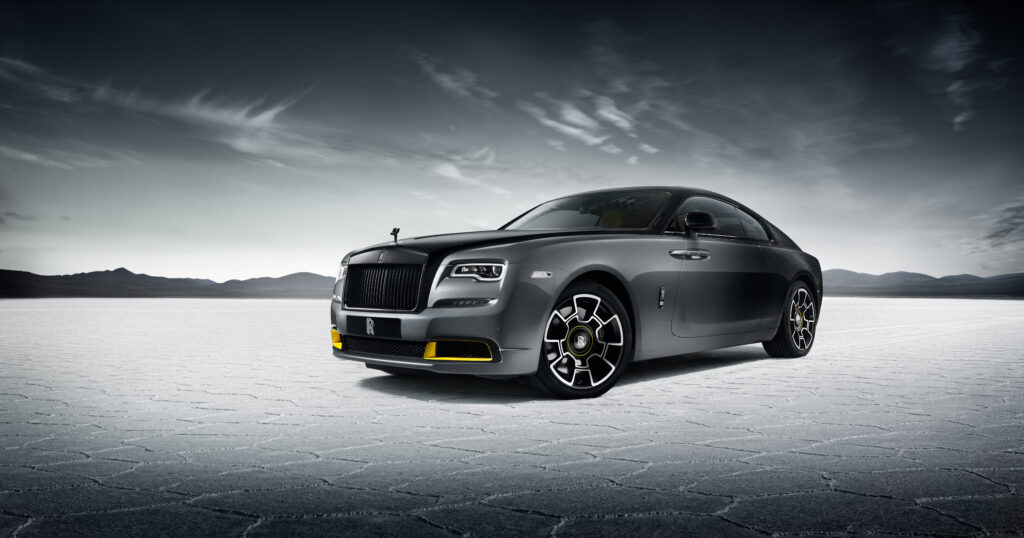
And now after the successful decade of the V12 Coupe from Goodwood, Rolls-Royce has decided to put a cap on the Wraith’s production, but they wanted to give Wraith a grand farewell, so they have currently revealed the last and the final bespoke edition of the Wraith entitled as the Black Badge Wraith Black Arrow, which is only limited to 12 examples for the whole world and all are already sold out. The Inspiration to create the Black Badge Wraith Black Arrow came from the significant V12 in Rolls-Royce’s long and storied legacy. On 16th September 1938 Captain George Eyston set a world land speed record of 357.497 mph (575.335 km/h) with Thunderbolt, which was basically a speedster that has been designed to break high-speed records, was powered by two Rolls-Royce V12 ‘R’ Series aero engines.
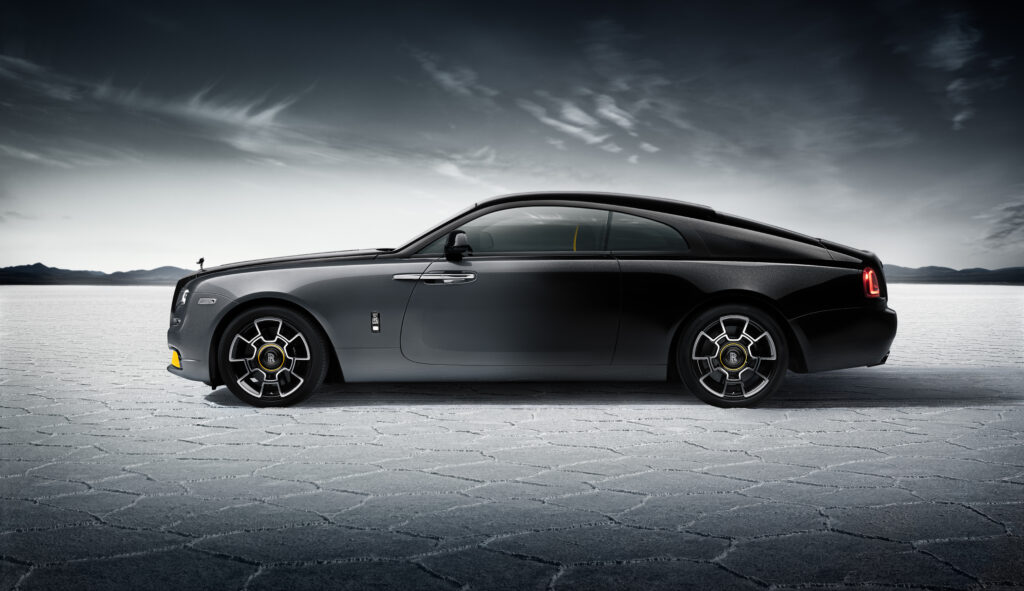
The Black Badge Wraith Black Arrow has a unique dual-tone paint shade of celebration silver which seamlessly fades into black diamond till the tail of the car, to achieve this striking motion blur effect, it took Rolls-Royce 18 months to perfect the seamlessness of the paint, and it is the most difficult and complex paint ever created by the makers at Goodwood. This stunning paint effect is extended with a touch of yellow accents on the body panels, around the Spirit Of Ecstasy, front bumper, V brace behind the dark chrome front grill, around the wheel caps and to the interiors as well.

The interior of the Black Badge Wraith Black Arrow remains intact, but with new ‘Club’ leather sprinkling, which is a material specially built for this collection with the contrast of black, grey and yellow, which gives it a very distinct and sensational look from the inside and there are some subtle touches given to the interior to pay homage to the Thunderbolt.

The clock on the passenger side dashboard has 357.497 mph debossed, which depicts the top speed of the two Rolls-Royce V12 ‘R’ Series aero engine powered speedster Thunderbolt, Rolls-Royce has put a record-breaking 2,117 fibre-optic ‘stars’ in the bespoke Starlight headliner which depicts the night sky over the Bonneville salt flats during the Thunderbolt was setting that astonishing speed record and the irregular lines with open-pore Black Wood finish on the door panels are inspired from the cracked, irregular surface of the Bonneville Salt Flats.
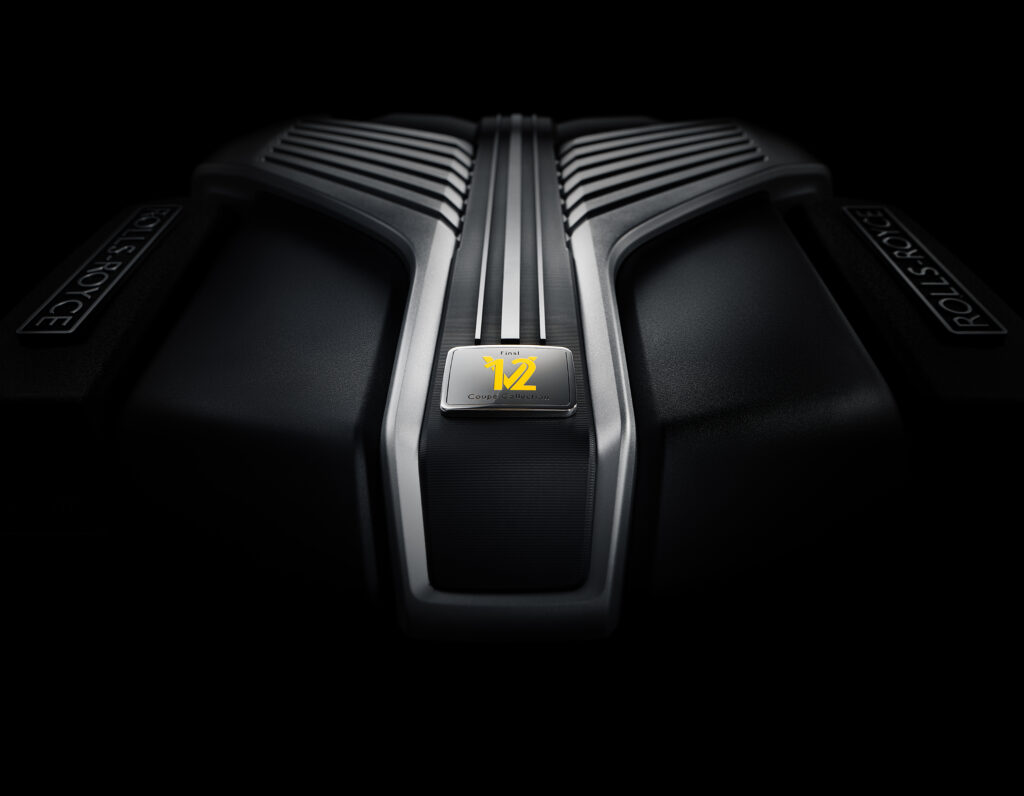
And for the last and final time under the hood of the Rolls-Royce Black Badge Wraith Black Arrow sits the mighty 6.6L twin-turbo V12, generating 624hp @5600rpm and 870nm peak torque between 1500-5500rpm with the badge on the engine cover that says ‘Final V12 Coupe Collection’, paired with the 8-speed automatic. Being one of the most potent luxury V12 coupe from Goodwood with the epitome of luxury and comfort, Wraith has made its own cult and a different place in the hearts of us petrolheads and with this Black Arrow finale edition, Rolls-Royce brought out a bit more out of the Wraith from the most complex dual tone paint shade of celebration silver and black diamond to the fine touches that pay homage to the Rolls-Royce Thunderbolt, a speedster that broke the speed record by touching 357.497 mph (575.335 km/h), driven by the Captain George Eyston at the Bonneville Salt Flats on 16th September 1938.

